Pet separation anxiety is felt by dogs, cats and even horses!
What is it and how can we help our pets?
Pet Separation Anxiety 101
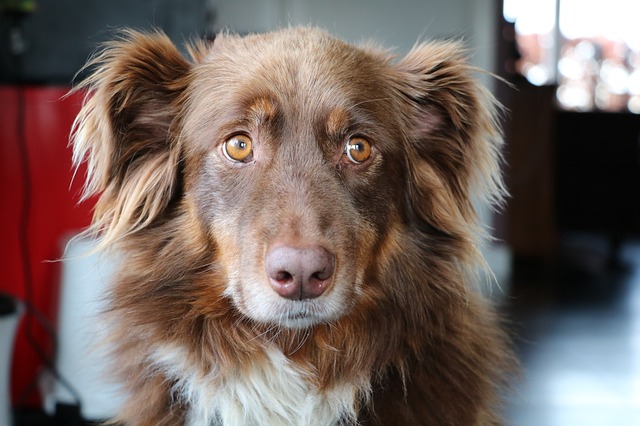
In simple terms, pet separation anxiety arises when some pets are left alone for too long. While each pet may exhibit different symptoms, this excessive attachment – to humans or animals – is unhealthy and needs to be addressed for the pet’s overall benefit.
Separation anxiety begins with distress in the absence of those the pet is overly dependent on.
If left ignored, this anxiety may escalate to:
- Behavioral and destructive issues.
- Self-injury.
- Even attempts to escape.
Pet Separation Anxiety: Dogs

The common symptoms of K9 separation anxiety include:
- Barking, howling and whining.
- Accidents in the house (including coprophagia or eating poop).
- Chewing, digging and other destructive behaviors.
- Escape attempts.
- Pacing.
- Drooling, panting or excessive salivation.
K9 Separation Anxiety: Why
- Abandonment.
- Change of schedule, home or guardian.
- Sudden loss of a family member.
- Medical issues.
Canine Separation: Solutions
- Desensitization: Acclimate them to your departure by leaving for a few minutes and then returning. Over time, slowly increase how long you are gone.
- Create a routine when you leave; ask your dog to sit, offer a high-value treat and then calmly leave. (Begin this routine during desensitization (above)).
- Exercise your dog before leaving.
- Add another dog to the household.
- Avoid a huge fuss when you leave (or come back home).
- Leave your dog with a filled/frozen Kong toy to keep him busy and distracted.
- Homeopathic or pharmaceutical options but always discuss with your vet first!
Pet Separation Anxiety: Cats
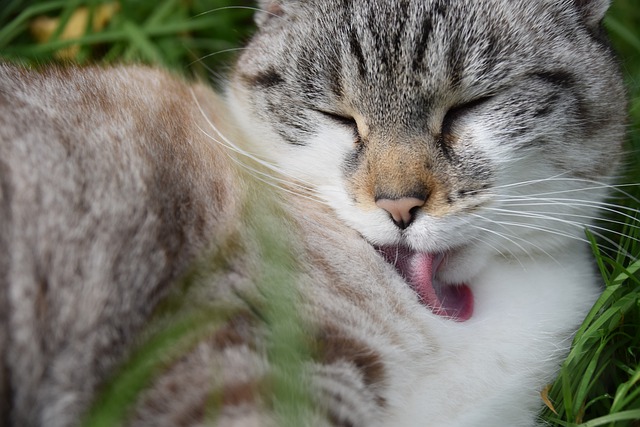
Pet separation anxiety may seem more common in canines, but research shows our felines also suffer from pet separation anxiety (despite their aloofness!). In a recent study, 64% of the cats evaluated showed less stress when with their caregivers!
How can you tell if your cat is suffering from separation anxiety? General symptoms include:
- Crying or yowling.
- Accidents outside the litter box.
- Destructive behaviors (more common in male cats)
- Excessive grooming (more common in female cats)
- Hyper-attachment with caregiver(s).
Feline Separation Anxiety: Why
- Being a female cat.
- Cats only livig indoors.
- Weaned too early, bottle-raised or orphaned.
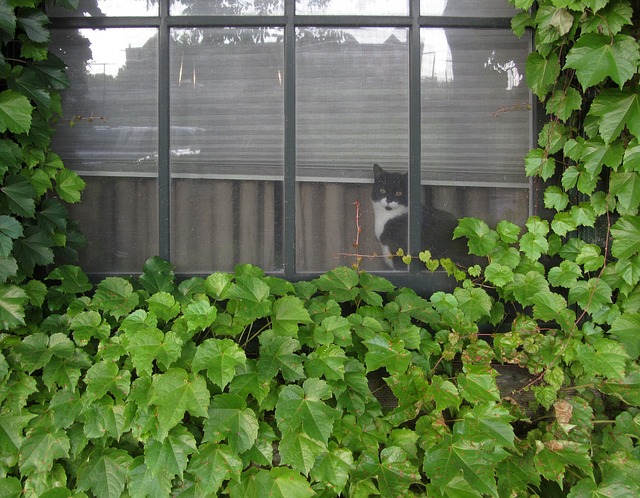
Cat Separation: Solutions
- Desensitization: Give attention or affection to reward a calm cat. Ignore attention-seeking behaviors. Reward signs of relaxation:
- Lying down.
- Sighing.
- A loose/still tail.
- Closed eyes.
- Before leaving, play with your cat to tire them out.
- Keep your cat busy in your absence with enrichment activities:
- Cat TV shows,
- Puzzle feeders, and
- Hide-and-seek for treats hidden throughout the house.
- Maintain a consistent routine.
- Add another cat to the household.
- Homeopathic or pharmaceutical options but always discuss with your vet first!
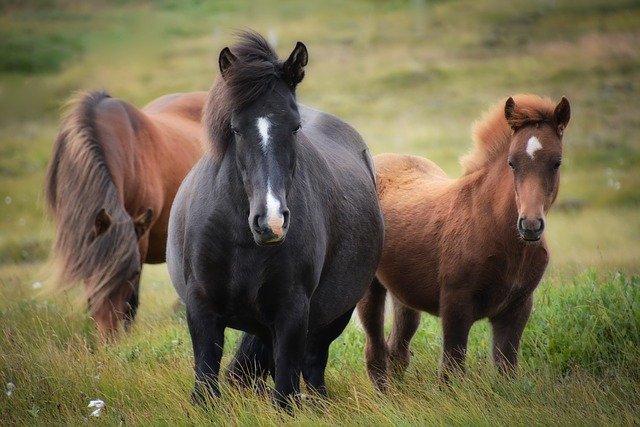
Pet Separation Anxiety: Horses
When separated from other horses (and owners), equines can experience separation anxiety!
According to Dr. Camie Helesi, a renowned equine researcher, separation anxiety stems from wild horses benefiting from strong social connections and bonds. Even short separations can result in equine fear, anxiety, stress and outbursts of panic.
What does separation anxiety look like in horses?
- High volumes of abnormal vocalizations.
- Shaking or trembling.
- Increased heart rate and sweating.
- Loss of appetite and an unwillingness to drink.
- Rearing, kicking out, bucking, spooking, pawing or bolting.
- Pacing and fence walking.
Equine Separation Anxiety: Why
- Separated from their herd.
- Confined in isolation (even for short periods).
- Horses who are tightly bonded.

Equine Separation Anxiety: Solutions
- Desensitization: Using short training sessions, work with keeping your horse’s focus on you while slowly moving them away from their companions. Reinforce good behavior and obedience with high-value treats or a groom session at the end to bolster their confidence.
- For horses that must be separated, keep them in visual proximity.
- Pair anxious horses with smaller ponies, goats or donkeys.
- By keeping horses in a group of three, a horse is never left alone.
- Homeopathic or pharmaceutical options but always discuss with your vet first!
If your efforts at easing your pet’s separation anxiety
are not working, find an animal or veterinary behaviorist to help you.
Separation anxiety is a serious condition and should not be ignored!
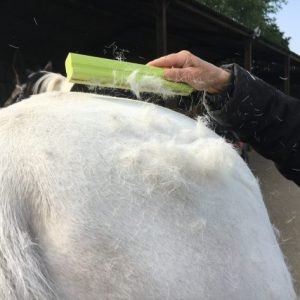
Grooming sessions are a wonderful way to reward your horse after
a good training session or ride!
Pain-free
Comfortable for sensitive-skin
Easily removes loose hair, dirt, and dander
Click here to purchase your
EquiGroomer Grooming Tools today!

